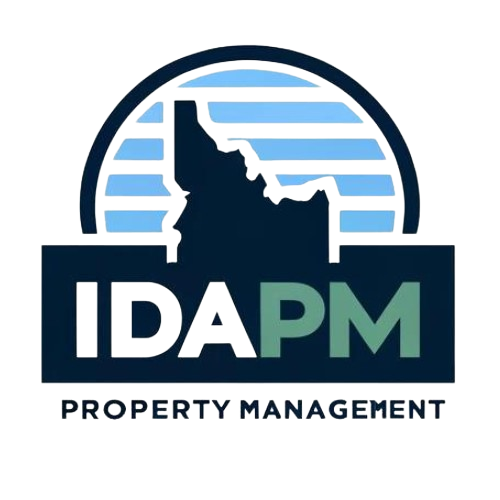
Practical Implementation and Strategic Technology Selection
Adopting these powerful, interconnected systems is not a simple software swap; it’s a strategic migration that demands rigorous planning to avoid service disruption—a critical failure point in this technologically dependent environment.
A Methodical Approach to Platform Migration and Onboarding
Successful adoption in 2025 involves a carefully phased migration strategy. You don’t want to risk transactional chaos on day one. The best approach prioritizes:
Proper onboarding is non-negotiable. Leverage the vendor’s dedicated implementation teams, often utilizing pre-built workflow templates for your asset class (e.g., multi-family vs. commercial office), to ensure the system is configured correctly from day one to reflect your unique operational rules and specific financial reporting requirements. This attention to detail directly impacts your ability to hit the growth targets needed to scale your Portfolio Expansion Strategy.
Evaluating Software Against Portfolio Size and Feature Depth
The selection process must be a brutal exercise in weighing platform depth against your specific operational scale. While solutions offering the most comprehensive feature set—perhaps advanced commercial leasing tools or complex triple-net (NNN) lease accounting features—appeal to large enterprises, they often carry an unnecessarily high cost and layer of complexity for smaller landlords or mid-sized firms focused primarily on residential assets.. Find out more about AI predictive maintenance workflow automation property management guide.
The essential step for any landlord or professional is to conduct a detailed feature-to-need analysis. You must prioritize:
The goal is simplification, not adding another complicated layer of software to manage. Remember, while 87% of firms report budget increases due to AI initiatives, the goal must be efficiency, not just spending.
Future-Proofing Through Scalability and Ecosystem Readiness
The dynamic nature of the real estate market demands that any technology investment must be inherently scalable and adaptable. Selecting a platform known for its scalability means ensuring it can handle exponential growth in unit count—say, doubling your portfolio from 500 to 1,000 units—without performance degradation or prohibitive cost increases *per unit*.
Even more critical is selecting an ‘ecosystem-ready’ platform. This means one built on an open API-First Development principle and supported by a thriving marketplace of integrated partners. This architectural choice guarantees that when the next wave of innovation arrives—be it advanced sustainability tracking, blockchain-based deed transfers, or advanced energy microgrid management—you can adopt those solutions without being forced into a complete system overhaul years down the line. The system should connect; it should not isolate.
The Overarching Value Proposition: Simplifying Life for the Real Estate Stakeholder
At the end of the day, the success of this technology migration is measured by how much friction it removes from the lives of the primary stakeholders.
Quantifiable Reduction in Administrative Overhead for Landlords
For the property owner—the investor whose capital is at stake—the value proposition is the collapse of complex, time-consuming administrative duties. Automation across rent collection, work order dispatch, compliance tracking, and owner reporting effectively removes the “managerial middleman” of paperwork. This offers tangible time savings, freeing the landlord to focus on high-level investment strategy, property acquisition, or other primary business activities. This streamlined operation fundamentally alters the landlord-tenant management dynamic, making property ownership a more passive, less intrusive venture.. Find out more about AI predictive maintenance workflow automation property management technology.
Empowering Real Estate Professionals with Enhanced Client Service Capabilities
For the property management professional managing assets on behalf of others, this technology elevates their service offering from vendor to strategic advisor. The ability to provide owners with instant, accurate, and fully customizable performance reports—while simultaneously demonstrating proactive maintenance records and high tenant satisfaction scores—transforms the professional relationship. Technology becomes the mechanism through which superior, data-backed client service is delivered consistently across the entire management portfolio. You are no longer just managing; you are consulting with data.
A key function of AI is to help professionals remain compliant and ethical while maximizing productivity, as demonstrated by the focus of NAR on the responsible use of tools like generative AI and predictive analytics.
Conclusion: The New Equilibrium of Property Management in Two Thousand Twenty-Five. Find out more about Streamlining tenant screening with behavioral pattern analysis technology guide.
The Symbiosis of Human Expertise and Algorithmic Execution
The current era of property management software is defined by a sophisticated symbiosis: the technology handles the repetitive, data-intensive, and predictive tasks with unparalleled speed and accuracy, while the human element—the landlord or real estate professional—focuses on nuanced decision-making, high-stakes negotiation, and the essential interpersonal aspects of community building and owner relations. This balance, facilitated by platforms that are cloud-native, AI-enhanced, and architecturally open, defines the competitive standard for efficiency and profitability in the 2025 real estate environment. The software makes life easier not by replacing expertise, but by augmenting it with essential digital leverage, ensuring the industry continues to drive economic activity while enhancing the quality of housing operations nationwide.
To stay competitive, understand that this is not optional. As JLL reports, inaction risks competitive loss over the next three to five years as tech-forward leaders pull ahead. The adoption rate is high, the market is expanding, and the tools are mature enough to handle the complexity.
Where do you start?. Find out more about Real-time financial reporting customized dashboards property portfolio insights information.
If your maintenance backlog is overwhelming, start with predictive maintenance and automated ticketing. If leasing cycles are dragging, focus on AI-driven screening and lead qualification. But whatever you choose, ensure the platform you select supports an open, API-first data strategy, because in 2025, your technology stack is your competitive moat.
What operational bottleneck in your portfolio is the most ripe for immediate AI disruption? Share your thoughts below!
***
For further reading on the technical standards underpinning this shift, research the foundational principles of REST architectural style which informs much of modern API design, and look into how organizations are building the API First Enterprise to maximize digital value.
